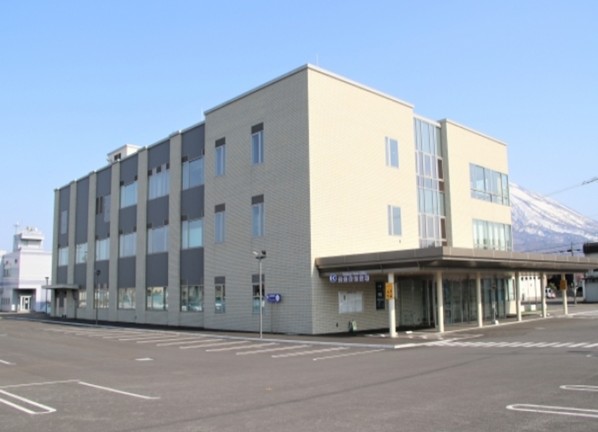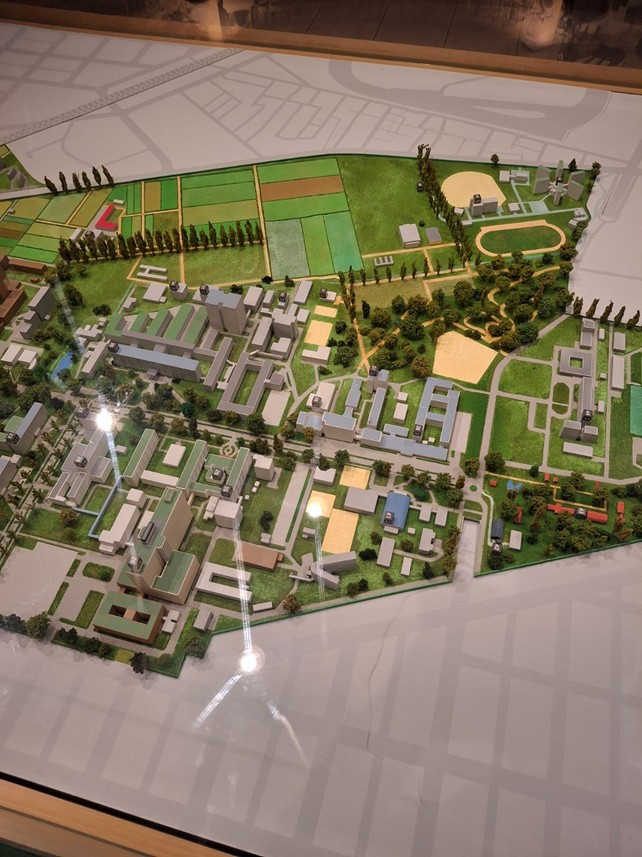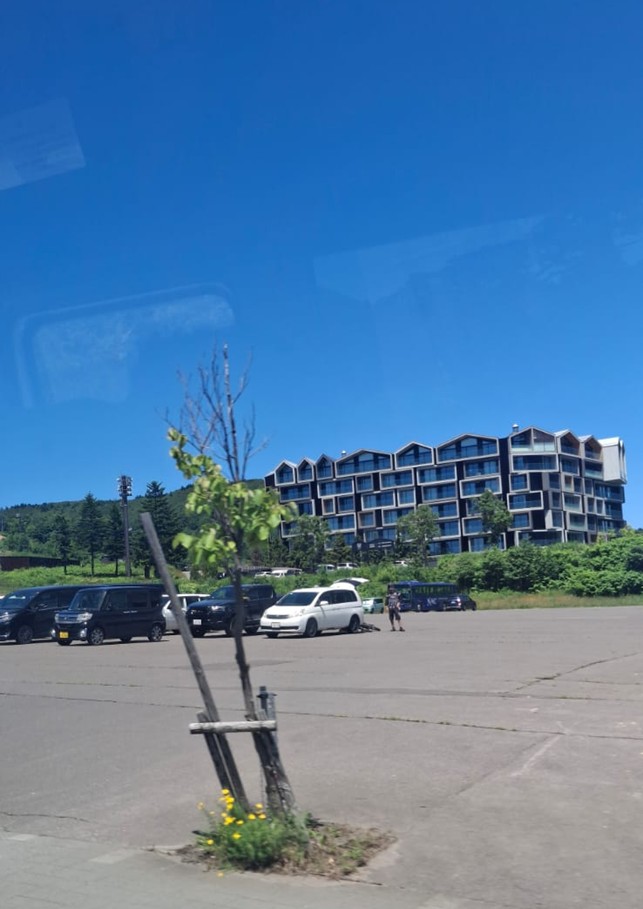Umirzakova Nazym
During our field trip to Hokkaido, employees of the Shiribeshi Subprefectural Office and the Kutchan City Government gave lectures on regional and local issues and initiatives. The presentations informed us about economic trends, seasonal and global tourism dynamics, as well as innovative solutions to fluctuating tourism.
Shiribeshi Subprefecture, which covers an area of approximately 4,306 square kilometres, includes one city and thirteen towns, including Kutchan, Niseko, Iwanai, Rankoshi, and Rusutsu. Despite the fact that its area is approximately two times larger than Tokyo, its population of 234,000 people is significantly smaller, demonstrating the noticeable demographic imbalance between Japan’s urban centres and ruralregions. This disparity emphasises the challenges of population decline and low density that the region faces, especially in the context of Tokyo’s high urban population density.
Shiribeshi’s economy is based on agriculture, tourism, fisheries, and forestry. The region grows cultures such as rice, grapes, apples, cherries and the famous local potato. The region’s forests are mostly natural, with only about 20% being artificial, which helps to preserve the region’s environment and is an example of sustainable development. Fishing remains important, with the three most important species accounting for about 70% of the catch of the region.
Tourism, particularly during winter seasons, is a major source of income. Resorts such as Niseko United, Hanozono Resort, Rusutsu and Kiroro attract tourists from around the world. Summer activities such as mountain biking, rafting, horse riding, and grape picking are also being actively promoted to extend the tourist season, which is prevalent during winter, causing economic issues related to this fact. Infrastructure projects, including a planned expansion of the Shinkansen bullet train network, demonstrate the region’s commitment to improving accessibility and increasing visitor numbers, especially among the Japanese population. One of the main challenges identified is the shortage of labour, particularly English-speaking workers. Seasonal fluctuations in visitor demand and youth migration to the cities make it difficult to guarantee a consistent supply of employees. To address this issue, the Shiribeshi Internship Programme was established in 2016. To date, it has accepted 402 interns with no age or educational requirements, about 70% of whom are women. The program provides practical training in accommodation services, pre-employment skills workshops, mini-events and is actively promoted through social media and university partnerships. It aims to develop local human capital and tackle the issue of labor shortage.
A presentation by the City of Kuchan detailed the pressures on the urban environment and real estate market caused by high tourism demand and seasonal trends. Kuchan itself covers an area of about 261 km² with a population of about 15,600 people – a density of only about 60 people per km². Resembling a resort town, 22% of residents are foreign nationals, and the region receives about 1.5 million visitors annually; notably, only about 3% of tourists are Japanese, due to rising prices driven largely by international investment and speculative interest. Condominium apartment prices in Kuchan have increased dramatically, with luxury units of around 60 m² often selling for ¥100–200 million – prices comparable to those in central Tokyo. Between 2008 and 2023, the city implemented capability control to limit overdevelopment, preserve territory, and manage housing stock.
These changes have contributed to demographic changes, with older residents increasingly moving into condominiums as they can no longer deal with the removal of snow which is a significant issue in region as well as the maintenance of traditional homes. At the same time, demand for seasonal and service jobs has created a strain on transportation services, revealing a shortage of drivers and staff to serve both tourists and locals.
The presentations from the Shiribeshi Bureau and the Kutchan Office provided detailed information on how the rural subprefecture is coping with the challenges of tourism, housing and regional demographics. The local commitment to innovative initiatives such as employment programs, strategic development controls, and multi-season tourism diversification reveals the efforts of the local government to preserve regional integration, the population’s well-being and responsible attitude of the local administration.






